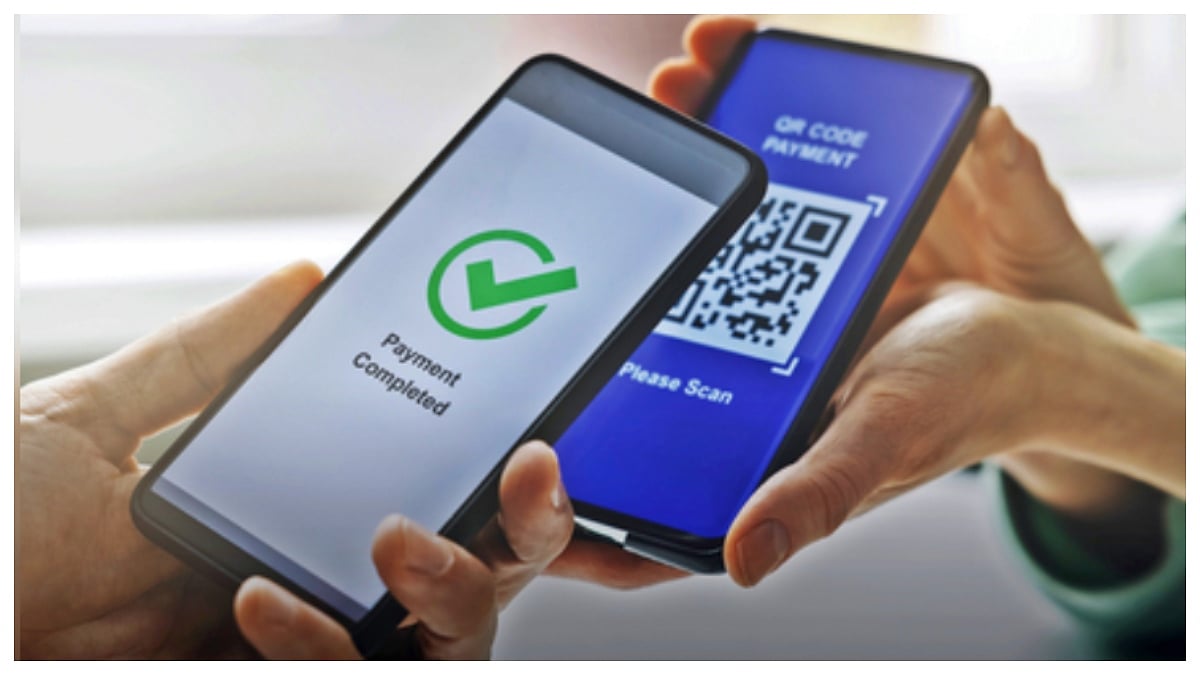Mumbai: In the financial year 2024-25, UPI QR codes recorded a dramatic 91.5 per cent rise, reaching 657.9 million, according to Reserve Bank of India (RBI) data. This sharp increase makes them the fastest-growing element of India’s digital payments infrastructure. The expansion is largely driven by increased deployment across merchants by platforms like Google Pay, Paytm, and PhonePe.
Credit Card and Debit Card Growth Slows
While UPI surged ahead, credit card transaction growth slowed significantly, rising just 7.94 per cent year-on-year. Debit card usage showed even more subdued growth, increasing by only 2.7 per cent to 991 million. This deceleration reflects the shift in consumer preference towards more convenient and accessible digital payment methods like UPI.
Banks and Fintech Push UPI Expansion
The number of banks live on the UPI platform reached 668 in April 2025. This expanding ecosystem is expected to further boost UPI transaction values. In March alone, UPI transactions reached a record Rs 24.77 lakh crore, a 25 per cent increase in value and 36 per cent jump in volume from the previous year.
UPI’s Dominance in Digital Transactions
UPI continues to dominate India’s digital payment landscape. It accounted for 79.7 per cent of total digital transaction volume in FY24, up from 73.4 per cent in FY23 and just 36.8 per cent in FY20. The platform’s growth is a result of increasing trust, ease of use, and wide acceptance across urban and rural markets.
RBI’s Support and Policy Flexibility
The RBI has actively promoted digital transactions through campaigns like “Har Payment Digital.” It has also introduced policy flexibility, allowing the National Payments Corporation of India (NPCI) to revise UPI transaction limits for in-person merchant payments, enhancing user convenience while maintaining regulatory safeguards.
